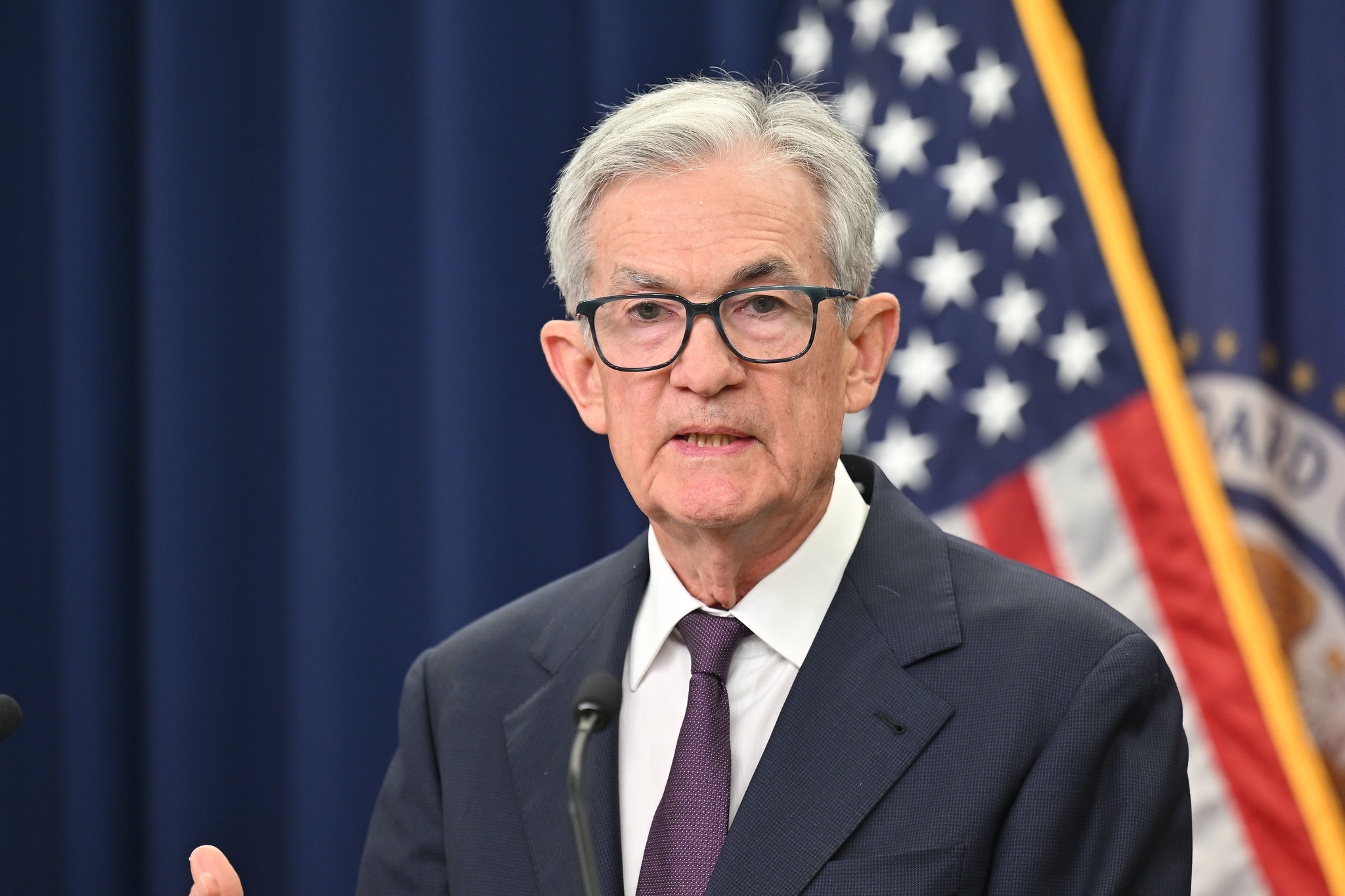The current bull market is showing no signs of slowing down anytime soon. The S&P 500 climbed nearly 40% from its April lows. The tech-heavy Nasdaq Composite soared even higher, up 57% from its low point this year. And those gains came after two and a half years of a bull run.
With the continued surge in stock prices, it's easy to forget what caused the huge sell-off in April. President Donald Trump announced huge tariffs on imports from every country, producing widespread fear about how the administration's policies will impact the broader economy. While stocks recovered, there are growing signs of economic weakness, likely a result of Trump's policies.
Many businesses are holding off on expansion plans and hiring as they're unsure how to navigate the current environment. That's led to extremely slow jobs growth, and strain on commercial real estate lending, negatively affecting regional banks. Meanwhile, pressure from Trump's tariffs kept inflation high as businesses start to pass along the increased costs to consumers.
That puts the Federal Reserve in a tough spot as it wrestles with its dual mandate of low inflation and full employment. Chairman Jerome Powell has made several public appearances in the last month or so, and his comments should provide a reality check for investors.

The current state of the market, as Powell sees it
The Federal Reserve is chiefly concerned with just two things: inflation and unemployment. But that doesn't mean it ignores everything else.
At a speech last month, Powell was asked if the Fed pays any attention to market prices and whether they affect its decision making. "We do look at overall financial conditions, and we ask ourselves whether our policies are affecting financial conditions in a way that is what we're trying to achieve," Powell responded. He then added, "But you're right, by many measures, for example, equity prices are fairly highly valued."
That small addition points to a key risk for stock investors today. You'll be paying top dollar for many stocks. Valuations soared over the last three years. The S&P 500 now trades for a forward PE ratio of 22.4, a price to peak earnings ratio of 27.5, and a CAPE ratio above 40. Those are well above historic averages. Additionally, the Buffett Indicator -- total market cap to U.S. GDP -- is at an all-time high.
The P/E ratio of the S&P 500 is tightly correlated with long-term future returns. A higher P/E ratio generally results in lower long-term returns. But just because stocks are abnormally expensive doesn't mean they're not worth buying right now. However, another statement from Powell provides some additional context for the current market and how to go about investing in it.
The Fed is walking a tightrope
The Fed has a limited toolbox for executing on its dual mandate of low inflation and full employment. It sets the federal funds rate, which ultimately impacts interest rates set by banks and other financial institutions. It's also able to buy and sell bonds on the open market, which makes minor tweaks to longer-term debt rates by introducing a big buyer or seller into the market.
But with tariff-induced inflation and paltry job growth, the Fed is now walking a tightrope. "There is no risk-free path for policy as we navigate the tension between our employment and inflation goals," Powell said earlier this month at a meeting in Philadelphia. Higher interest rates curb inflation, but lower interest rates fuel job growth. Balancing these competing forces isn't an easy job.

Image source: Getty Images.
A single misjudgment or misstep from Powell and the rest of the Fed could have serious repercussions for investors. If inflation keeps climbing, it reduces the value of future earnings. If there's not enough confidence for businesses to expand, those future earnings may never materialize. If rates stay higher for longer than expected, the cost of expanding via debt is higher and investors will discount earnings at a higher rate.
It's these risks in the context of the historically high stock valuations that make investing in today's market particularly daunting.
The playbook for what comes next
There is considerable risk in this market. It's your job to manage that risk.
Importantly, that doesn't mean eschewing every stock with a high P/E ratio. Many of those stocks could still be extremely successful investments, especially if the Fed is able to navigate a soft landing, bringing inflation down without a recession.
However, investors should ensure their portfolios are properly diversified, and investing in stocks trading at reasonable valuations relative to their growth potential. Focus on companies with competitive moats that will hold up well in an economic downturn.
If your portfolio has gotten out of balance amid the stock market run up, it may be worth rebalancing to ensure you have the proper asset allocation for your risk tolerance and financial goals.
Investing requires risking your capital to produce long-term returns. But if you don't take steps to curb that risk, especially when there are some big warning signs, you could face significant capital losses.